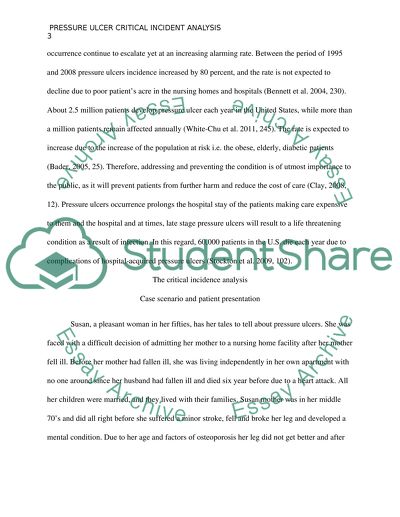Cite this document
(“Pressure ulcer (critical incident analysis) Essay”, n.d.)
Retrieved from https://studentshare.org/nursing/1667686-pressure-ulcer-critical-incident-analysis
Retrieved from https://studentshare.org/nursing/1667686-pressure-ulcer-critical-incident-analysis
(Pressure Ulcer (critical Incident Analysis) Essay)
https://studentshare.org/nursing/1667686-pressure-ulcer-critical-incident-analysis.
https://studentshare.org/nursing/1667686-pressure-ulcer-critical-incident-analysis.
“Pressure Ulcer (critical Incident Analysis) Essay”, n.d. https://studentshare.org/nursing/1667686-pressure-ulcer-critical-incident-analysis.


